QUANTUS IV - MAIUS
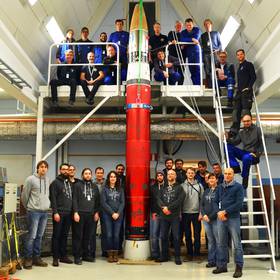
The QUANTUS IV – MAIUS project is a collaboration of the Leibniz University Hannover, Humboldt University Berlin, Ferdinand-Braun Institute Berlin, Johannes Gutenberg University Mainz, German Aerospace Center Brunswick and the ZARM. It is funded by the German Space Agency (DLR) with funds provided by the Federal Ministry of Economics and Technology (BMWi) under grant number DLR 50WP1435.
The main objective of the project is the generation of Rubidium and Potassium Bose-Einstein Condensates (BECs) and performing dual-species atom-interferometry aboard a sounding rocket. In total 3 sounding rockets should be launched in the QUANTUS III and QUANTUS IV – MAIUS projects. The scientific objectives of the three missions shall be summarized in the following.
MAIUS-1 (Project: QUANTUS III)
The first MAIUS payload was launched in January 2017 and sucessfully demonstrated the feasibility of creating a Bose-Einstein Condensate and performing atom interferometry aboard a sounding rocket with Rubidium 87 atoms. MAIUS-1 created the first BEC in Space and has been on eof the most complex sounding rocket payloads flewn by DLR MORABA so far.
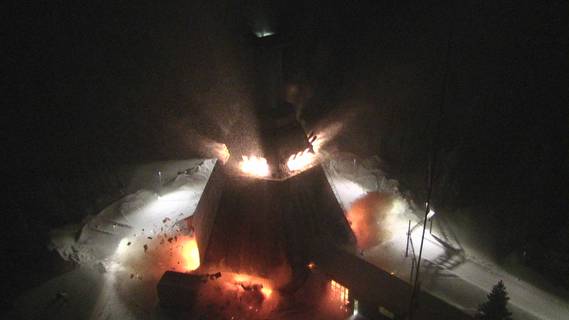
MAIUS-2 & MAIUS-3 (Project: QUANTUS IV - MAIUS)
Subsequent to the MAIUS-1 mission, two follow-on payloads are currently assembeled within the project QUANTUS IV - MAIUS. The first payload (MAIUS-2) is scheduled for launch in Spring 2022 and should demonstrate a Potassium Bose-Einstein Condensate aboard a sounding rocket and sequential interferometry of Rubidium and Potassium. The third payload (MAIUS-3) should be launched in Autumn 2023 with the advanced objective to perform simultaneous interferometry with both species. As such the MAIUS mission are pathfinder missions for future atom interferometric tests of the universality of free fall.
The two-staged VSB30 sounding rocket used to launch all three payloads is operated by the DLR Mobile Rocket Base (MORABA). The flight ticket for the MAIUS mission includes all systems needed for rocket operation as well as the brazilian S-30 and S-31 motors. The motor will lift the payload to 260km in altitude providing approximately 360s of micro gravity.
During ascent (burning phase) the motors will cause significant accelerations and vibrations. The maximum acceleration is approximately 12.1g. The qualification level for vibrational tests on component level is 8.1 g RMS. Re-entry load have been measured to be more than 25g. Obviously the limited space inside the rocket, the high mechanical and thermal loads and the limited possibility of interaction with the experiment during flight require extensive testing and optimization of the design for each (sub)system of the payload.
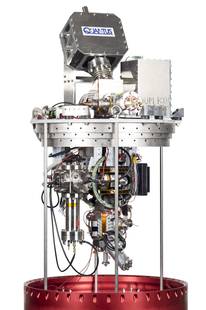
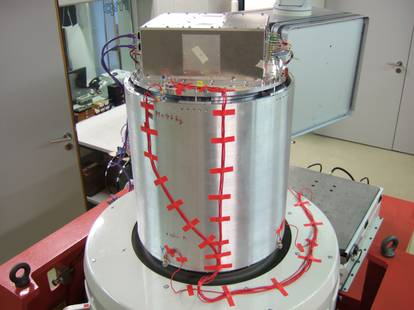
For this reason the ZARM team contributes to the project with its competence in space and systems engineering. In particular the scope of work at ZARM is:
- Project lead and systems engineering
- Design of the payload structural components, vibration isolation and sealing
- Design, simulation and testing of the thermal control system of the payload
- Design, assembly and testing of the ultra-high vacuum system and its components
- Assembly and testing of the magnetic shielding
- Design and management of the harness and umbilicals
- Assembly, Integration, Verification and Testing (AIVT) of the payload
Contact
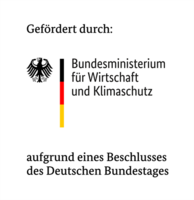
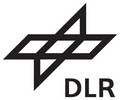


 "
"